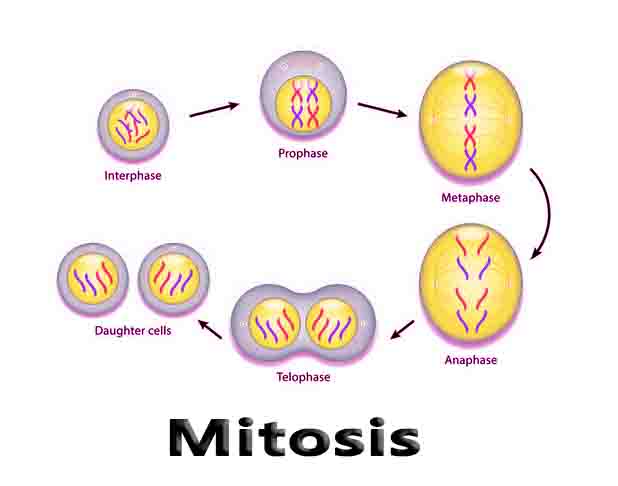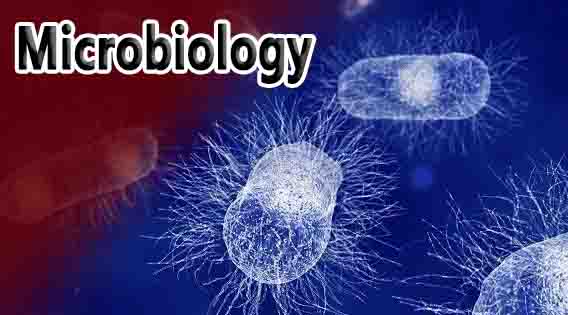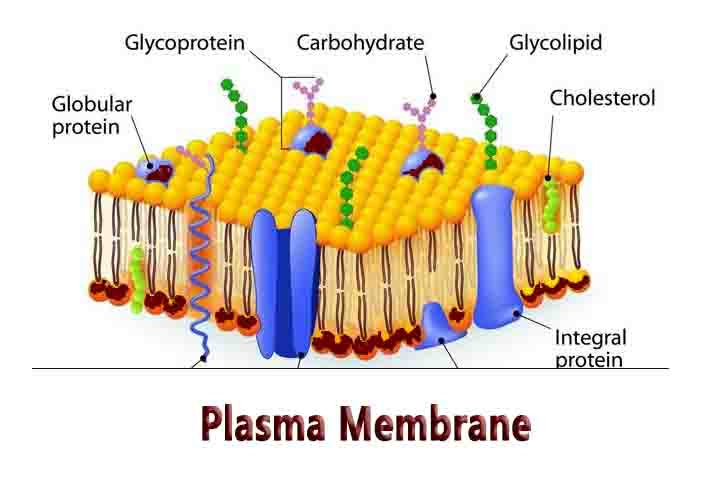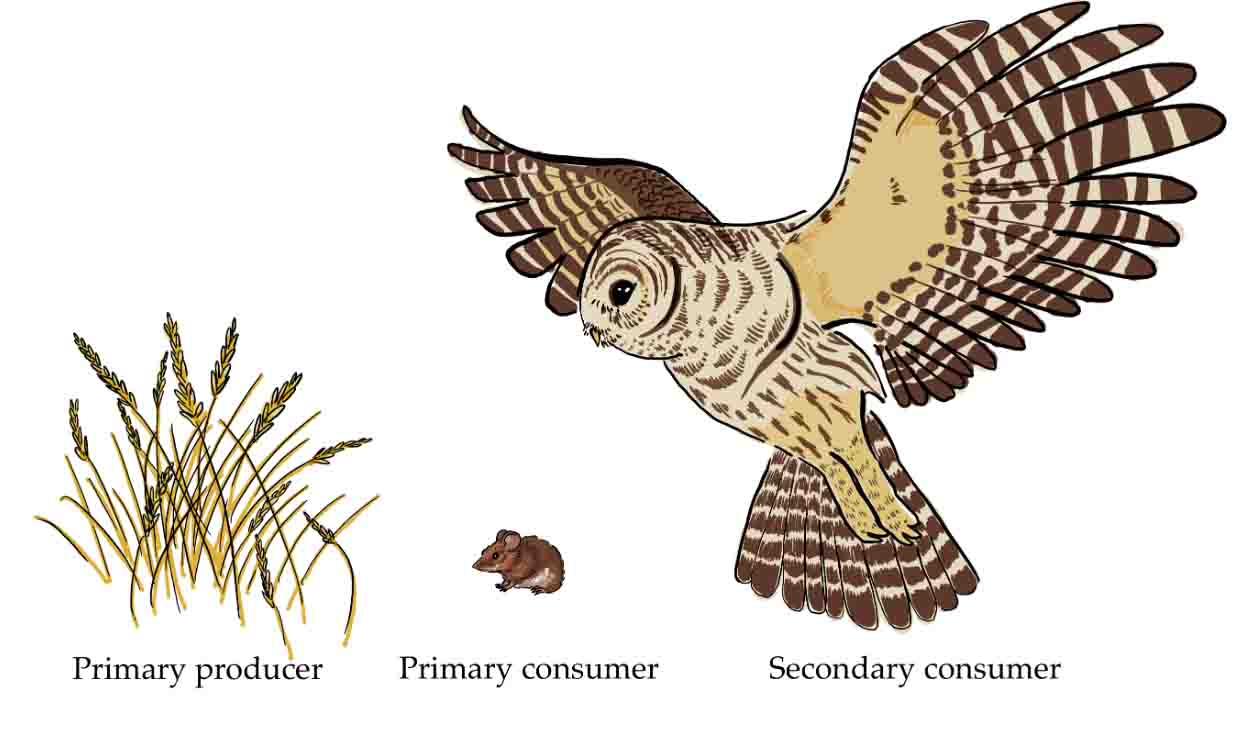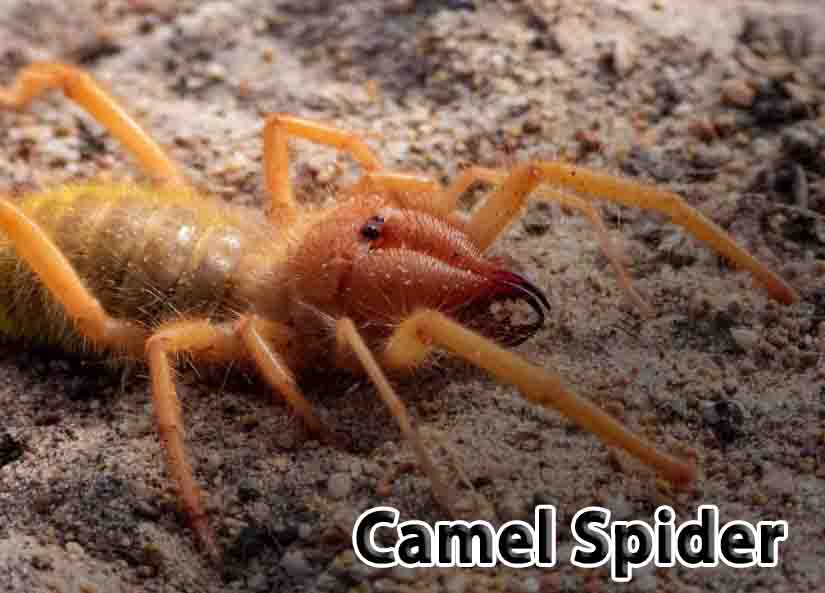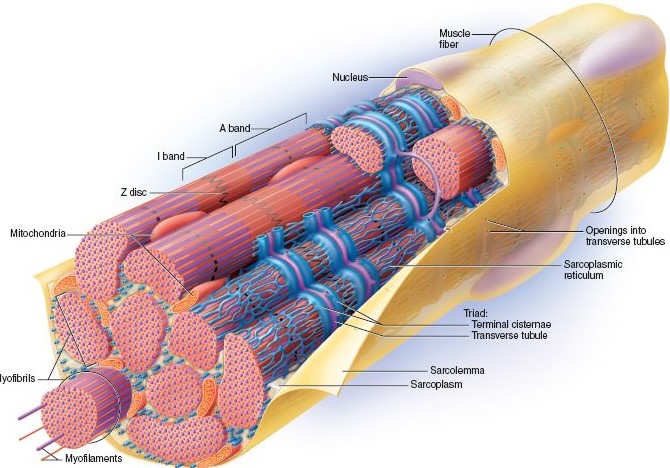Snapchat birthdays – how to see birthdays on Snapchat 2023
Snapchat makes it easier than ever to see upcoming birthdays. Do you want to know how to see birthdays on Snapchat in 2023? Let us show you how! Snapchat is a popular application known for its filters, planets, and My AI. Did you know that you can also view your friends’ birthdays on Snapchat? Never … Read more



